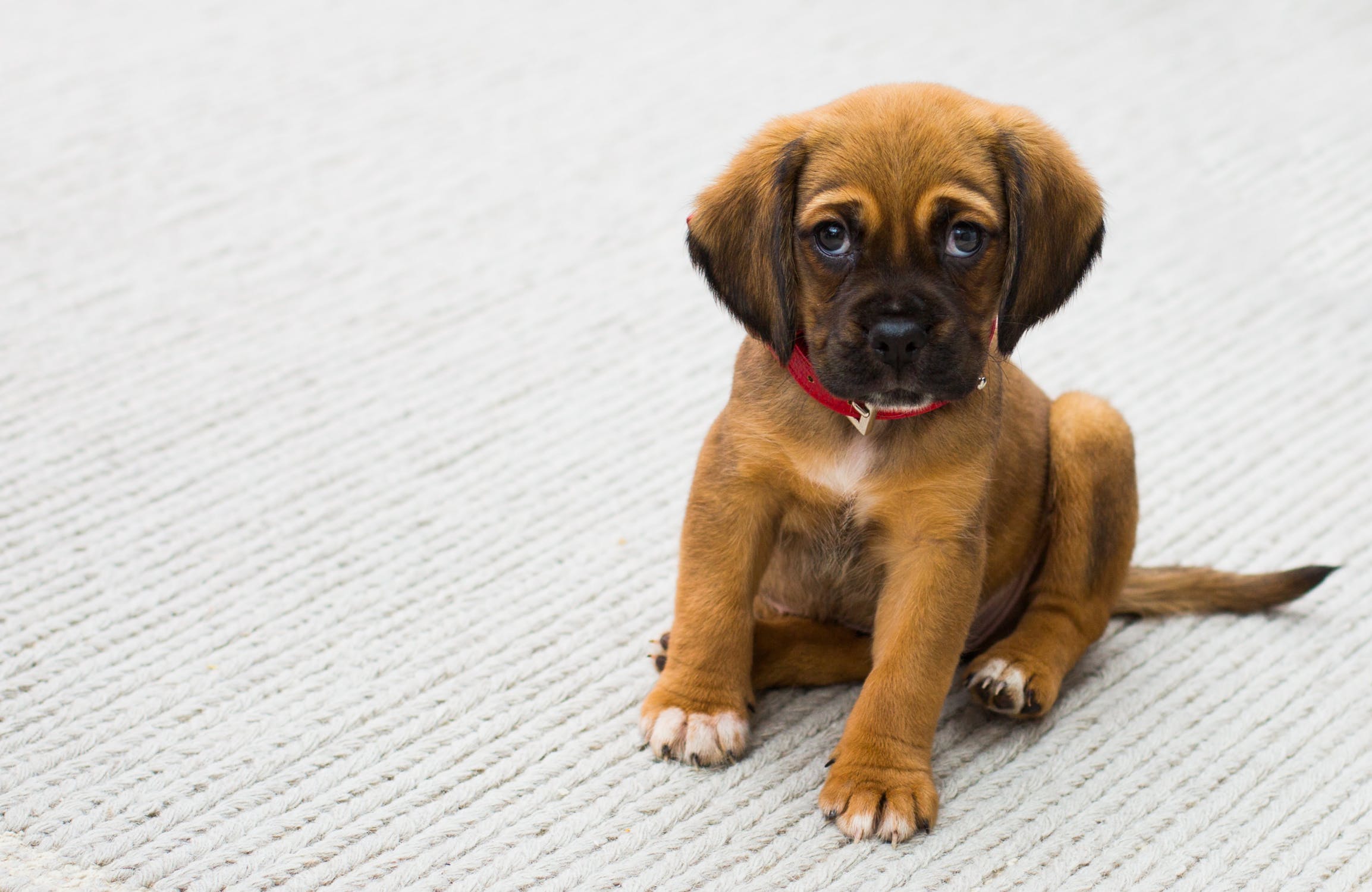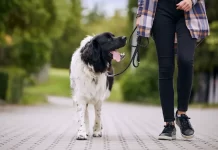Getting a pet dog is an exciting prospect. However, it’s also a big responsibility, something you need to prepare for way before your bouncing ball of fur takes a single step inside your property. How do you make sure that your home is safe for your new pet and vice versa?
Much like a small child, your new furred family member is filled with curiosity. He’ll stick his nose wherever it will fit, regardless if he’s allowed to or not. To ensure your dog’s health and well-being, you need to systematically tidy up your home and check for items and places that might spell trouble for him. Here are a few pointers to help you get started:
- Keep small objects out of sight. Objects that can be chewed on, eaten, or swallowed easily should be kept out of your dog’s reach. Things like shoes and slippers, paper clips, batteries, and even strings may look harmless and unassuming to most adults, but they can look delicious enough for dogs with an insatiable appetite. Your dog might destroy these items while playing with them, or accidentally swallow them and require an emergency trip to the vet.
- Close cupboards and doors. It’s always a smart move to keep cleaners, poisons, and other harsh compounds away from children and inquisitive pets. Hide these chemicals behind cupboards and keep them out of reach by childproofing the locks. If you don’t want your dog to sleep on your bed or leave fur on your laundry, then it’s best if you keep these spaces off-limits by closing the doors to these rooms every time you come and go.
- Check your fence and gates. Ensuring your dog’s safety doesn’t stop at keeping him out of cupboards with hazardous chemicals and objects; it also includes keeping him inside safe spaces. If you have a fence, check for holes that your dog can use to escape your yard. Keep your gate closed at all times. Install safety gates on the top of your stairs and in front of the fireplace to avoid falls or burns. If you’re walking or training your dog, prevent him from getting lost or running into traffic by using a martingale collar and a good leash.
- Lookout for toxic food and plants. While many pet owners are quick to spot dangerous items inside their home, some forget to check their gardens and kitchen supplies for plants and foodstuff that are poisonous to dogs. Some of the more common plants that dog owners should avoid planting in their garden include azaleas, daffodils, dieffenbachia or dumb cane, tulips, sago palm, and cyclamen or sowbread. Meanwhile, you shouldn’t feed your dog chocolate, grapes or raisins, garlic and onion, dairy products, and excessively sugary or salty food, just to name a few.
- Prepare a space for your dog. Last but not least, make your dog feel right at home by preparing a dedicated space for him prior to his arrival take a look at this article for more information on the essentials for your new puppy. Make sure his crate and bed are ready. If possible, place his doghouse indoors to protect him from the elements. Set a specific place where he can relieve himself and make sure to clean up after him. Also, give him easy access to food and water at all times.
You can train your dog to identify and avoid sources of danger inside your property. However, while he’s still getting used to the place and his inquisitiveness is getting the best of him, you need to take every necessary step to keep him out of harm’s way and to make him feel that your home is also his home.



















